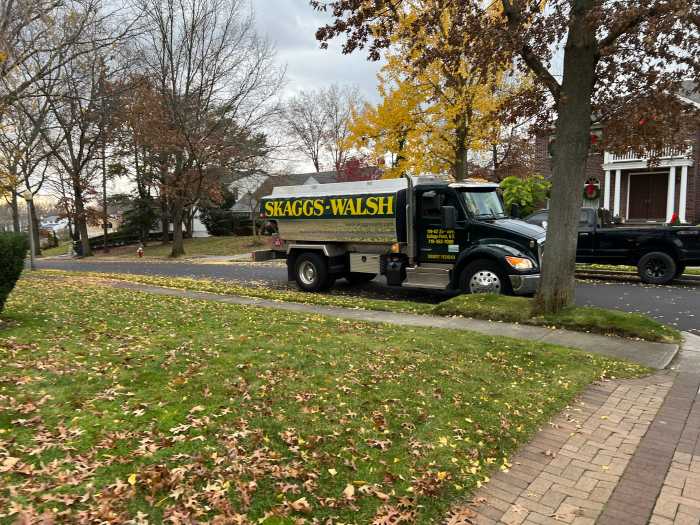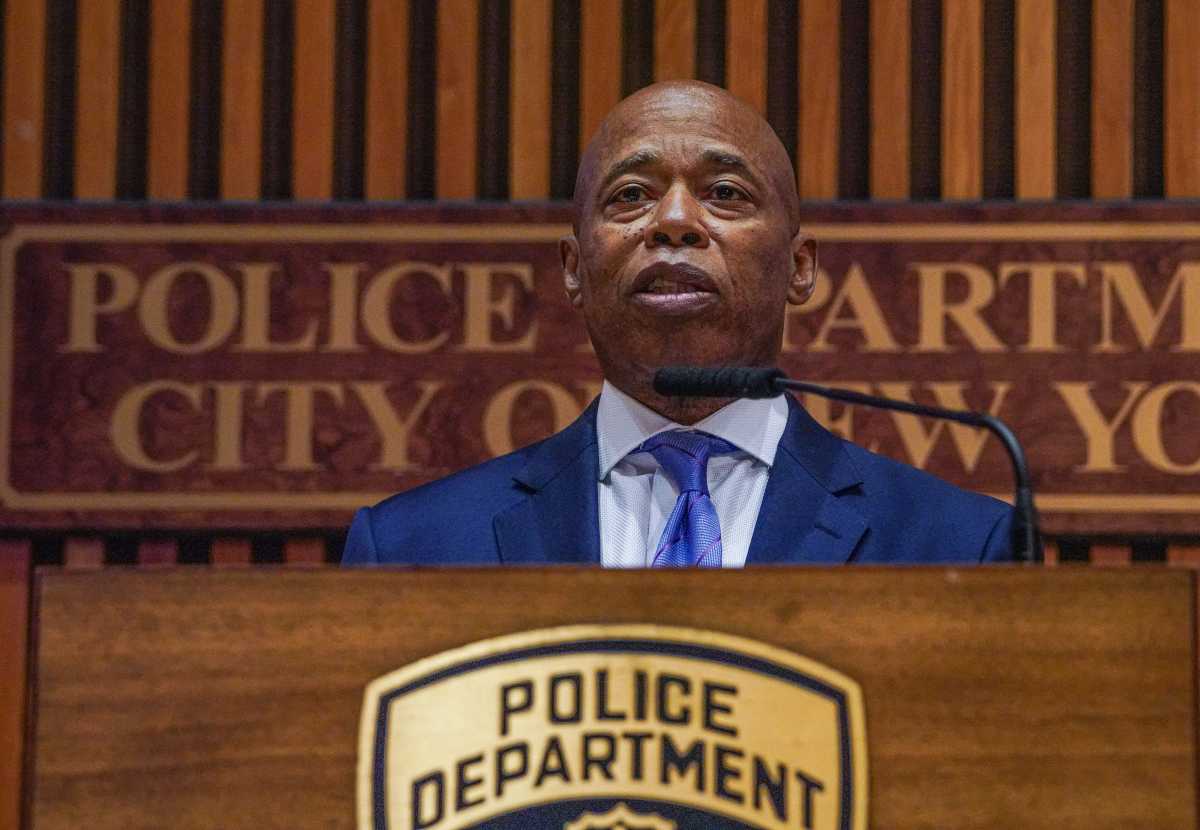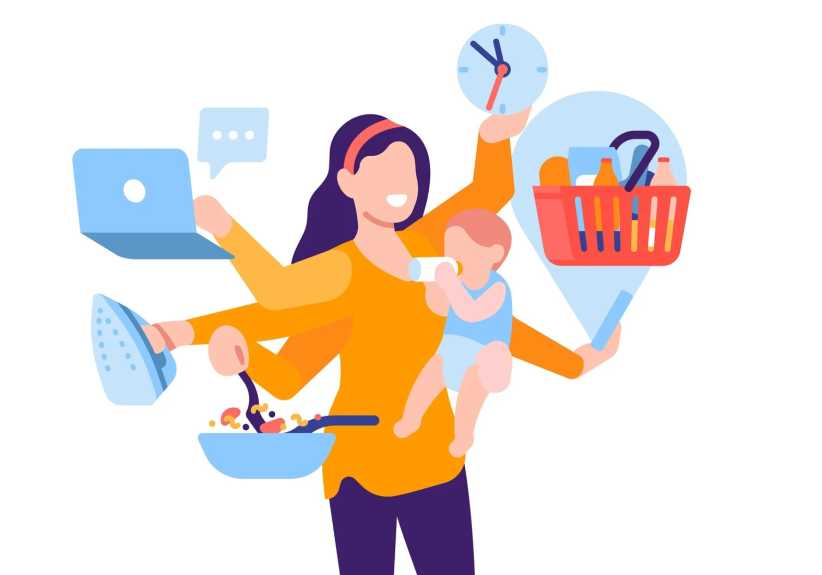By Larry Penner
Recent news that the Long Island Rail Road will fail to meet the Federal Rail Road Administration December 2018 deadline for completing 100 percent systemwide installation of Positive Train Control comes as no surprise to those of us who worked in the transit industry.
The FRA originally mandated that Positive Train Control — a system of signals and switches that could prevent many train crashes — be installed and operable by 2015 to ensure safety for the riding public. Even with a time extension to December 2018, it was always doubtful that the LIRR would meet this new deadline.
Perhaps the LIRR had an insufficient number of track employees, including inadequate numbers of certified signal maintainers and other specialized trade employees to support installation of Positive Train Control. These employees were also needed for the annual routine state of good repair systemwide projects, additional work in the East River Tunnels, a $2.6 billion Main Line Third Track, $450 million in Jamaica Capacity Improvements, $387 million in Ronkonkoma Double Tracking, along with the $11.8 billion MTA East Side Access.
It continues to be challenging for the LIRR to coordinate daily track outages and go slow work zones to support all of this work while at the same time providing the basic service customers pay for. There is no guarantee that these issues will be resolved any time soon. How many more years beyond the Dec. 31, 2018 date will the LIRR need for completion of Positive Train Control?
The LIRR has known this need since 2010. Complete means Positive Train Control is up and running 24/7 on all LIRR branches and service areas. Counting on another two-year extension to 2020 is an admission of failure. Positive Train Control should have been the No. 1 priority for the LIRR in 2018 even if it means diverting resources from other capital improvement projects. Safety should be No. 1 for commuters.
But don’t blame Washington when it comes to how the MTA’s LIRR decided to use federal assistance for installing Positive Train Control since 2010. Federal support for transportation has remained consistent and is growing over past decades.
When crises occurred – be it 9/11 or Superstorm Sandy in 2012 – Washington was there. Additional billions in assistance above and beyond yearly formula allocations from the Federal Transit Administration were provided. In 2009, the American Recovery and Reinvestment Act provided billions more.
In 2017, Washington made available $1.3 billion to the MTA. The same, if not more, is available in 2018. For years, it has been their respective decisions to program most of these funds to other capital projects and not to Positive Train Control.
The Metropolitan Transportation Authority will pay for installation of Positive Train Control on the Long Island and Metro North Rail Roads by obtaining a $967.1 million loan from the Federal Rail Road Administration. It is a 22-year loan at 2.4 percent interest. The FRA loan will have to be paid back over the next four MTA Five Year Capital Plans ending by 2038.
When it comes to paying for all his $100 billion worth of transportation promises, Gov. Andrew Cuomo reminds me of the “Popeye” character Wimpy, who famously said “I’ll gladly pay you Tuesday for a hamburger today.” Taxpayers and Metropolitan Transportation Authority riders will have to deal with higher fares, taxes, more debt and borrowing in coming years to cover the costs for all of Cuomo’s transportation improvements. Cuomo doesn’t believe in pay as you go or balanced budgets.
Larry Penner
Great Neck



































